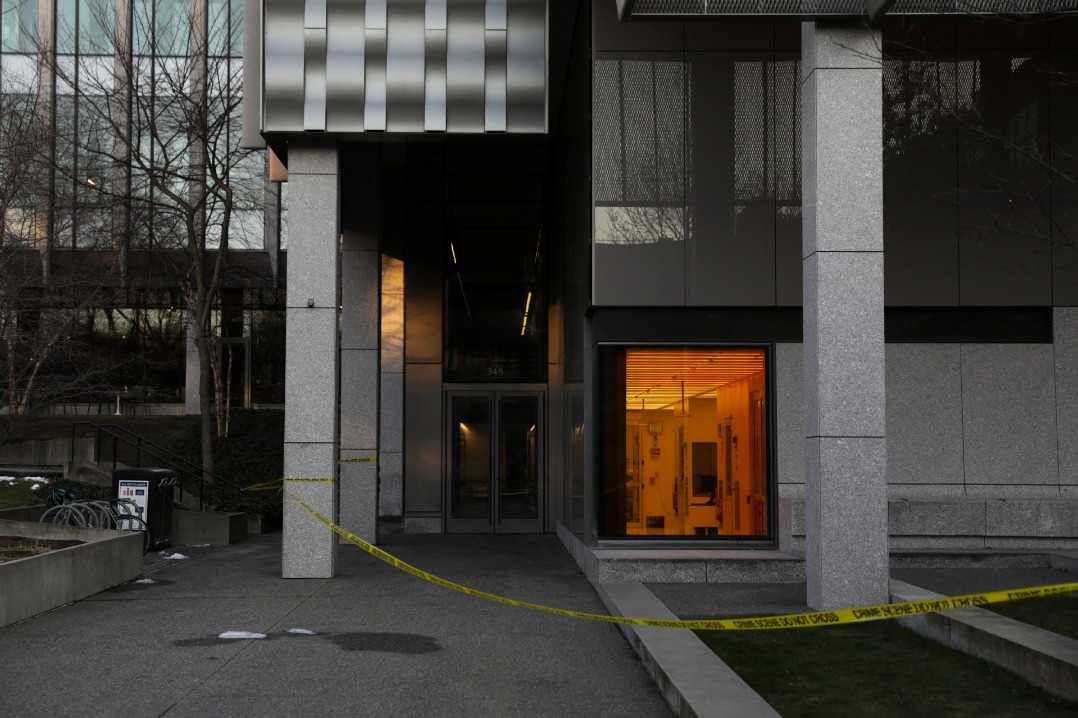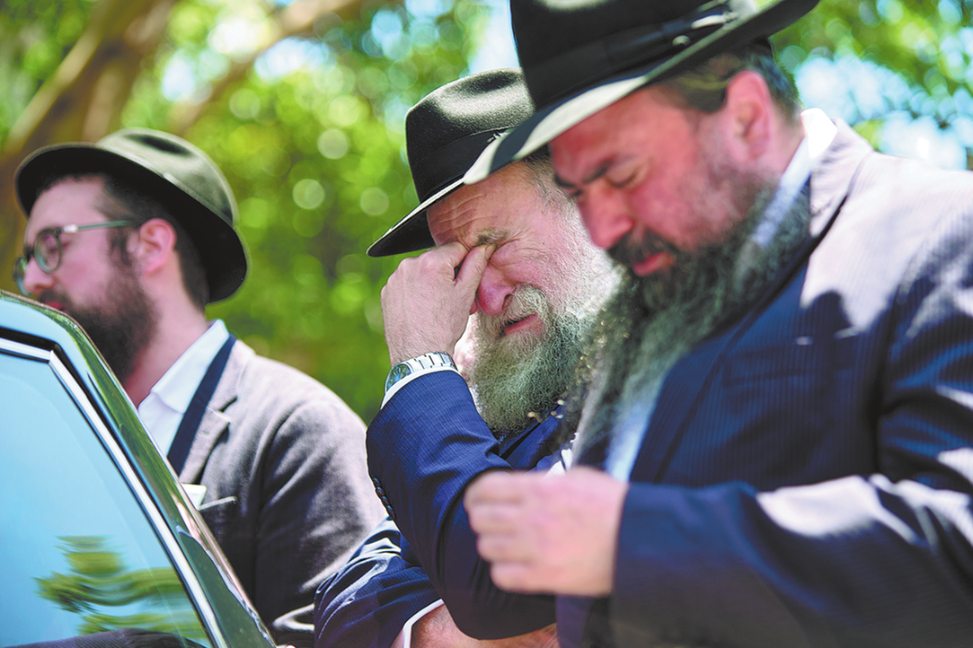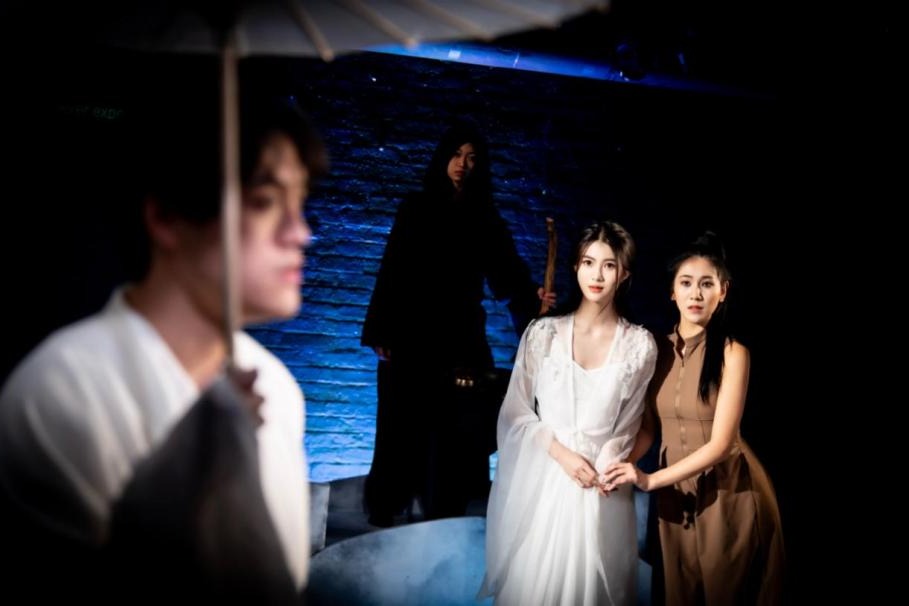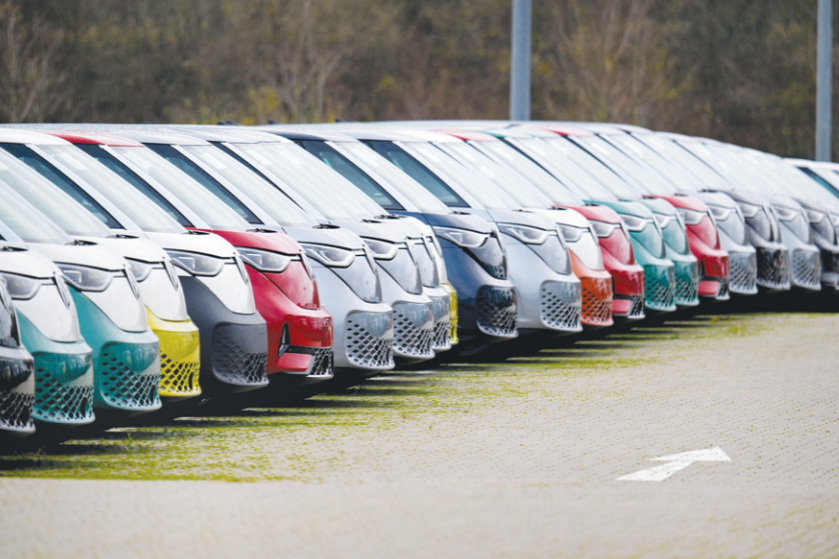Met expo shines light on 'Camp' fashion


It's not surprising to know the King's close circle is populated with men who camped indefatigably. (The word "camp" derives from the French se camper, meaning "to flaunt" or "to pose").
One of the king's brothers, Philippe I was encouraged by his mother to wear women's clothes from a young age. Another is the notable Chevalier d'Eon, who tried to blackmail Louis XV. To silence him, the king offered him a pension on condition that he dressed as a woman, which he seemed to have accepted with delight.
By the 19th century, camp's association with theatricality had taken on distinctive homosexual connotations.
Inextricably linked to these emerging concepts is the image of the effeminate aristocrat, the camp dandy, a stereotype exemplified by the Anglo-Irish poet and playwright Oscar Wilde. Fashions inspired by him include an Alessandro Michele's ensemble for Gucci, in which the designer grafted the jacket of a tailcoat with the skirt of a frock coat for gender-bending effects.
Sontag, in her 1964 article, wrote about the androgyne as "one of the greatest images of Camp sensibilities". "Camp taste draws on a mostly unacknowledged truth of taste: the most refined form of sexual attractiveness (as well as the most refined form of sexual pleasure) consists in going against the grain of one's sex," she wrote. "What is most beautiful in virile men is something feminine; what is most beautiful in feminine women is something masculine."
Sontag herself could be viewed as embodying that fatal female attractiveness veiled with masculinity. "We are better able to enjoy a fantasy as fantasy when it is not our own," wrote Sontag in "Notes on 'Camp'".
For most visitors, the chance to either squeeze into a corseted couture Dior or strut in a smoldering mound of tulle is nearly zero. So, why not forget Sontag and history, and just let the imagination soar with the million feathers?

































